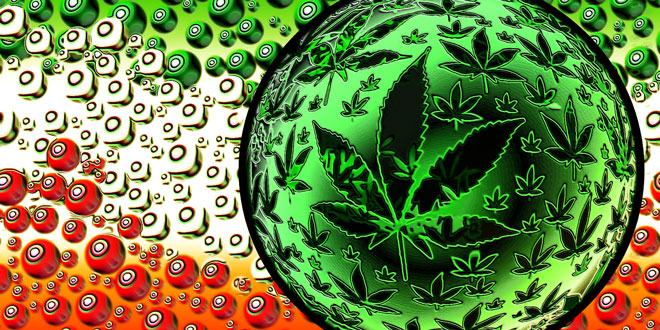Heavy Metals and Pesticides Detected in Italian “Light Cannabis”
The Italian National Institute of Health has discovered that the lack of regulations regarding “light cannabis” has led to products being contaminated with pesticides and heavy metals. The concentrations of these toxic substances even exceeded the limits set for cannabis in the United States.
Background on “Light Cannabis” in Italy
Farmers in the European Union are allowed to grow approved varieties of cannabis for industrial purposes, as long as their products contain no more than 0.2% THC. However, Italy has a special law that exempts local farmers from any liability if their plants, due to reasons beyond their control—such as a hot summer—produce up to 0.6% THC.
In practice, this law has resulted in an unregulated market for “light cannabis” in Italy, which is sold for unrestricted use. According to media reports, this market has recently experienced a boom, with farmers ramping up production to meet growing demand.
Toxicological Study and Findings
In response, the Italian National Institute of Health decided to conduct a toxicological study of “light cannabis.” The results were published last month on the Science Direct portal.
Analysis of samples collected from various points of sale across the country showed that all cannabis samples were within the permissible threshold of 0.6% THC. However, the CBD concentrations varied widely, ranging from 0.3% to 8.64%. What concerned researchers most was the safety profile.
The study found that the samples contained more than 150 pesticides. In 87% of cases, these were fungicides and insecticides, with concentrations ranging from 0.01 to 185 micrograms per gram. The most frequently detected substances were spinosad and cyprodinil (both classified as Class 3 hazardous substances, which have a moderate negative impact on human health). In addition, the samples contained heavy metals—chromium, mercury, arsenic, cadmium, cobalt, copper, molybdenum, nickel, vanadium, and lead—in concentrations from 1 to over 100 micrograms per gram.
The authors of the study noted that the concentrations of pesticides and heavy metals exceeded the maximum limits set in the United States for cannabis consumed orally or by inhalation.
“These contaminants are inherently toxic and can affect public health. Action is needed to establish regulatory measures and reduce the adverse effects caused by cannabis contaminants,” the researchers stated.



